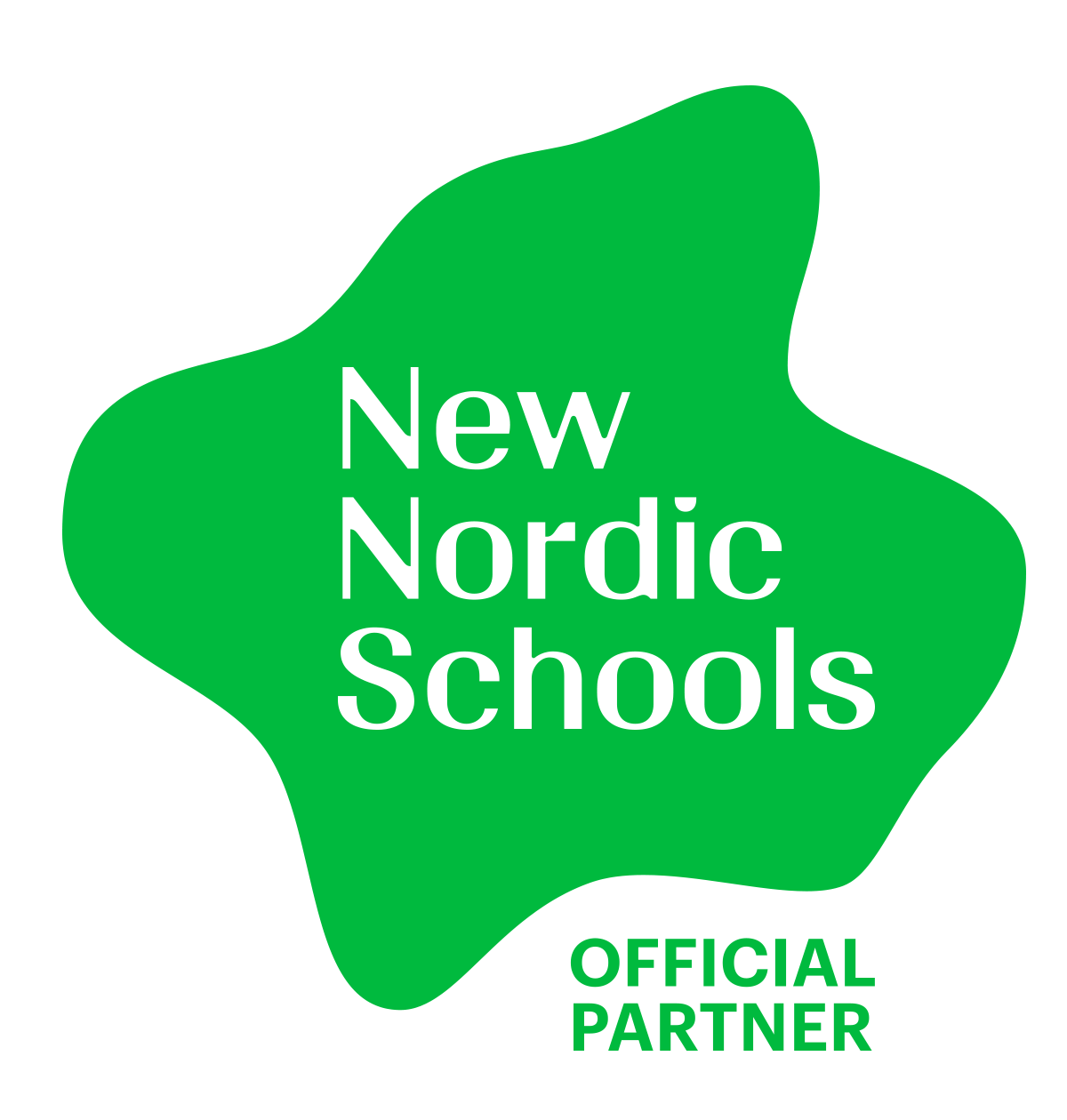Play in language and culture teaching doesn’t create distraction — it builds a bridge between students and the material, motivates them, encourages experimentation, and reduces fear of mistakes. Research by Plass and others shows that games can extend student engagement and foster intrinsic motivation to learn. When children are actively involved, they learn faster and retain knowledge more effectively.
In a world where information is easily accessible, the real value of education lies in developing thinking, communication, and creativity. Through play, school becomes a place where children don’t just learn words — they build bridges between language, culture, and their own experiences. And that’s where the true power of modern education lies — in the fusion of knowledge, experience, and play.

Globetrotters: Why games belong in the classroom
Violeta Nincetovic / / Blog, Erasmus+ / September 15, 2025
Globetrotters: Why games belong in the classroom
Partnership with the European project Globetrotters
Savremena Primary School is proud to announce its partnership with the European project Globetrotters, designed to introduce pupils aged 6 to 9 to a linguistic and cultural journey that goes beyond traditional teaching methods.

The power of play in modern language and culture learning
At first glance, pairing “play” and “learning” might seem contradictory — especially in classrooms often associated with seriousness, discipline, and pre-set goals. Yet, a growing number of studies and pedagogical practices show that play not only belongs in the classroom but can be a key element of high-quality teaching.
In the context of the Globetrotters Language Project, games are closely tied to language learning, culture, and creative thinking. Games act as carefully designed “ecosystems” with rules, challenges, feedback, and narrative. In language and culture lessons, they allow students to interact meaningfully, tell stories, and explore cultures, making learning more authentic and engaging. Class time becomes dynamic and exciting, and children learn through lived experience.
Play and the mind: theory and practice
For decades, theoretical and empirical research has highlighted the importance of play in cognitive and social development. Piaget emphasized that symbolic play and games with rules form the foundation for developing abstract thinking and language acquisition, while Vygotsky highlighted the role of social context — through roles in imaginary scenarios, children reach higher levels of understanding with support from teachers or peers. These perspectives show that play is both a means and an end in learning.
In classrooms, play promotes active participation instead of passive listening. In language and culture lessons, role play (e.g., simulating a market or restaurant) and interactive digital games (such as “escape room” challenges) become tools that connect learning with emotion, motivation, and context. When children learn in these settings, the knowledge stays with them longer and becomes part of their real-life experience.
Learning culture through play
Language and culture are inseparable — through play, they merge into a single experience. By simulating cultural situations, children not only use language but also understand customs, norms, and the meanings behind expressions. Play becomes a bridge between language and cultural context, giving learning a deeper purpose.
Concrete examples include role play in which children act out scenes from other countries, solve cultural riddles, or take part in missions linking language and cultural symbols. Through these activities, they develop not just knowledge but also curiosity and respect for diversity. This is vital because education today isn’t just about preparing students for exams — it’s about preparing them for life in a global community.




